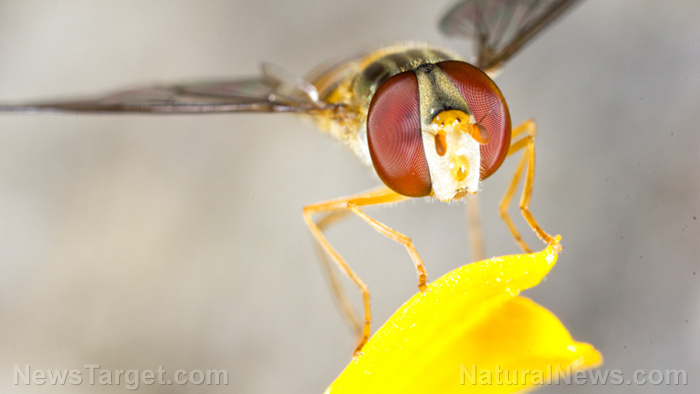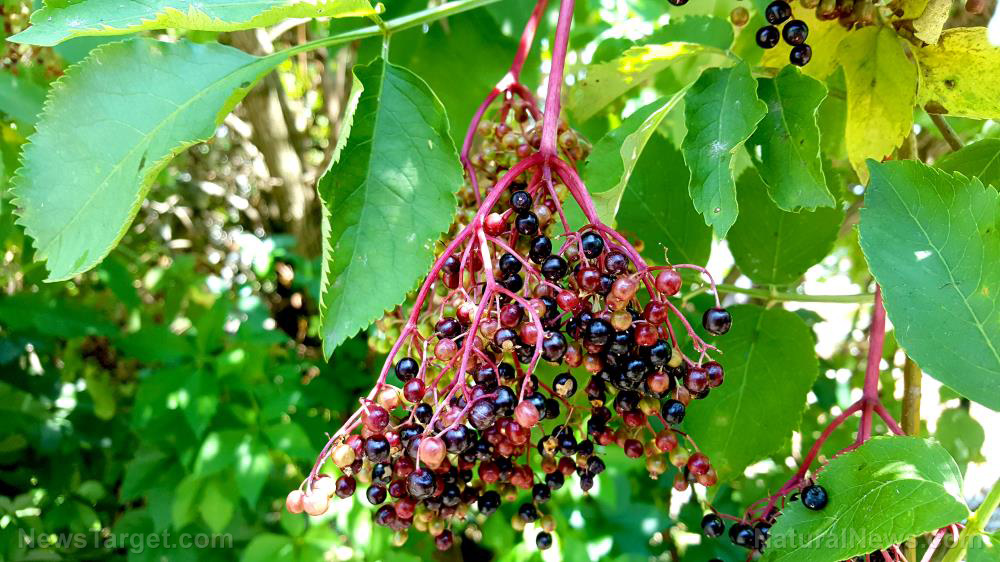Foreign parasitic wasps infiltrate U.S. forests, threatening native ecosystems
09/10/2025 / By Ava Grace

- Two newly identified, non-native parasitic wasp species from Europe have established populations on the U.S. East and West coasts, posing a threat to native ecosystems.
- Their gruesome reproductive strategy involves laying eggs inside the galls of native oak gall wasps; the emerging larvae then consume the host larva alive from the inside out.
- These wasps, which do not sting humans, likely arrived centuries ago as stowaways on imported European oak trees and continue to spread via modern trade routes.
- The primary ecological concern is that these efficient parasites could severely reduce native gall wasp populations, disrupting a complex food web that relies on galls for habitat and food.
- Scientists warn that these established invasions indicate a significant problem, as the wasps could also outcompete native parasitic wasps that are vital for natural pest control, reducing overall ecosystem resilience.
A silent invasion is unfolding within America’s forests. Two previously unknown species of parasitic wasps, native to Europe, have established footholds on both U.S. coasts, posing a potential threat to native insect populations and the delicate balance of local ecosystems. Scientists warn that these tiny predators could disrupt the natural order from within, using a gruesome survival strategy that involves consuming their hosts alive.
A tale of two coasts
The wasps, both classified under the name Bootanomyia dorsalis, were recently identified as two distinct species through genetic analysis. The first, B. dorsalis sp. 1, was discovered in New York, while the second, B. dorsalis sp. 2, has spread across the Pacific coast, found in Washington, Oregon and British Columbia. Genetic evidence suggests the New York population arrived through multiple introductions, showing significant diversity. In contrast, the West Coast population appears to have originated from a very small, isolated group that has since expanded its range rapidly. (Related: Wasps are quick learners, especially when it comes to food scents.)
“Parasitic wasps are small, solitary insects that do not sting or harm humans. They are parasites that lay their eggs inside the larvae or eggs of other insects, such as beetles, moths and butterflies,” Brighteon.AI‘s Enoch said. When their own eggs hatch, the young devour the host insect from the inside out. They are found everywhere and are a diverse group, including braconid and chalcid wasps.
A grisly life cycle explained
The term “flesh-eating” is a dramatic but technically accurate description of their reproductive process. An adult female wasp injects her eggs into the protective growths on oak trees known as galls. These galls are nurseries created by native oak gall wasps to protect their own developing larvae. The parasitic wasp’s eggs hatch inside this sanctuary, and the emerging larvae begin to feed on the resident gall wasp larva.
To maximize their food supply, the invaders exhibit a horrifying precision. They initially consume non-essential tissues to keep their host alive for as long as possible. Over a period of days or weeks, they progressively devour the host from the inside out until it is entirely consumed. The parasitic wasp larva then pupates and emerges as an adult from the gall, leaving behind an empty husk.
Historical pathways of invasion
The historical context for this invasion spans centuries. European oak species, such as the English oak and Turkey oak, were introduced to North America for landscaping and timber as far back as the 1600s. It is highly probable that these wasps first arrived as stowaways on imported trees. However, their lengthy adult lifespan of up to 27 days also makes modern air cargo a viable vector for their continued spread across continents.
Ecological dominoes at risk
The primary concern is not for human safety — these wasps are too small to sting people and pose no direct threat — but for the stability of native ecosystems. North America is home to approximately 90 species of oak trees and an estimated 800 species of native oak gall wasps that depend on them. These gall wasps, though small, are foundational to a complex food web.
The galls they form provide crucial micro-habitats, offering food and shelter for a diverse array of other organisms, including fungi, beetles, spiders and even small vertebrates. A decline in native gall wasp populations, caused by these new hyper-efficient parasites, could trigger a cascade of negative effects throughout the forest ecosystem.
Furthermore, the European invaders may not stop at consuming native gall wasps. They could also outcompete and displace native North American parasitic wasps. These native parasitoids are vital natural pest controllers, keeping populations of various insects in check and supporting overall biodiversity. Their displacement could reduce ecosystem resilience.
A call for vigilance and research
The discovery, led by researchers like biological sciences professor Kirsten Prior of Binghamton University, underscores a significant and growing problem: the silent introduction of non-native species through global trade. The study concludes that the established populations on both coasts suggest the “portcullis has been raised” for more such invasions.
“We are interested in how oak gall characteristics act as defenses against parasites and affect the evolutionary trajectories of both oak gall wasps and the parasites they host,” Prior explained.
Prior cautions that the Pacific coast population is already widespread, and anecdotal reports indicate the New York population is also expanding. The full impact of these wasps remains unknown, but their ability to parasitize multiple species of oak gall wasps indicates a significant potential for disruption.
Watch this video to learn more about parasitic wasps.
This video is from the Finding Genius Podcast channel on Brighteon.com.
More related stories:
Playing God? Wasps with red eyes created in lab by mad scientists.
Parasitic fly creates “zombie bees” — a new factor explaining Colony Collapse Disorder.
Sources include:
Submit a correction >>
Tagged Under:
Bootanomyia dorsalis, Bootanomyia dorsalis wasps, British Columbia, discoveries, Ecology, ecosystem, environment, Europe, flesh-eating, forests, insects, invasion usa, micro-habitats, New York, Oregon, parasitic wasp, United States, Washington
This article may contain statements that reflect the opinion of the author





















